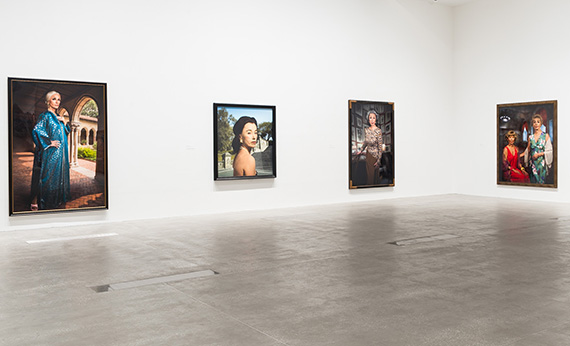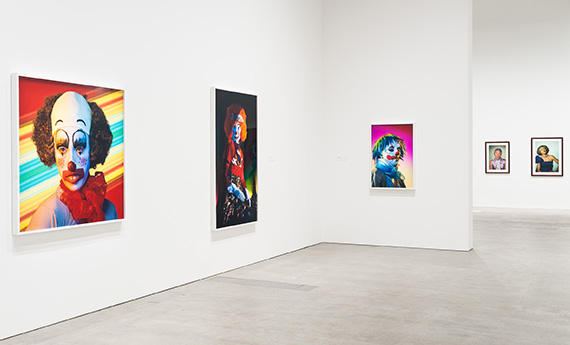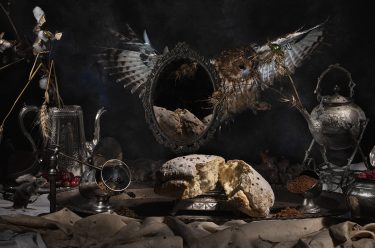Camille Serisier is a visual artist, her practice centres around her playful tableau of vibrant photographs, idea drawings, films and interactive installations. Through these ambitious and elaborate works Serisier uses the veil of playful absurdity to enact positive social change through storytelling. We asked Serisier to tell us how Cindy Sherman influenced her practice.
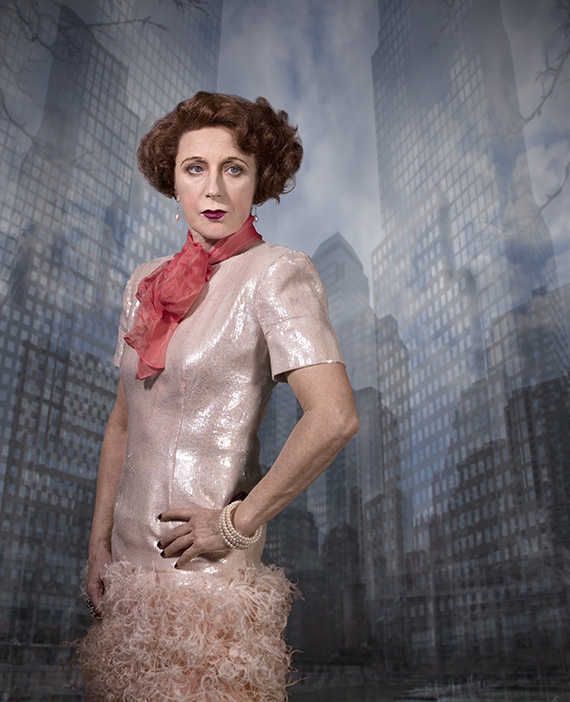
I first became aware of Cindy Sherman’s work when I was at high school. Alongside amazing artists like Tracy Moffatt, she was one of few females amidst a sea of male makers taught out of art history books. Since that time many important female artists from the past have thankfully been ‘rediscovered’ and ‘rewritten’ into art history, but for me and perhaps my generation, Cindy Sherman was one of few female artists accepted, recorded and promoted during her lifetime.
It was important to me to have works like Sherman’s to grow up with. I recently sat down with Paolo Magnanoli to discuss ways in which Sherman’s practice have influenced my own. Researching for the event I was reminded how much I have admired and referred to Sherman’s work over time. Right from the early film stills series to the present day society portraits her works have been a point of continual reference and reassurance. However, the engagement was not always conscious, sometimes just unavoidable. Her works are part of a powerful narrative within art history. They have become a prominent cultural reference, such that an image would pop up in a magazine or be cited in a text and I would have the opportunity to consider it in an easy, almost natural way. An all too rare circumstance.
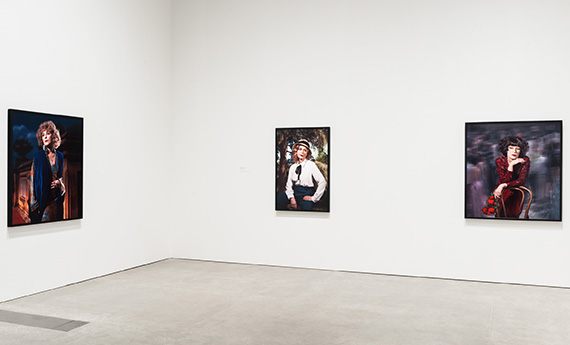
There are a number of lessons I have learnt from Sherman. Foremost is that art by women doesn’t just have to be for women. Although there is content that is concerned with the feminine, or feminism, Sherman’s work transcends these issues. Her practice offers a broader access point for discussions about popular culture, in particular film, that frame concerns about gendered representation in society at large. In some ways, particularly in her violent centrefold series, her works seem to target a male audience.
I find this liberating. As a result, I have tried to speak to broader audiences in my work, even when that might seem unlikely given the subject matter. For example, I have been making a series about my experience of pregnancy (Venus of Brisbane, 2015-2016). Through these works I attempt to communicate with women who have been pregnant, as well as anyone who hasn’t, in order to initiate healthy discussions about female reproduction that have sometimes been shamed and silenced. The responses to these works have been intriguing. People of both genders have been repulsed by the premise of pregnancy as a subject for visual art. Many women that have experienced pregnancy voiced pleasure at being able to visualise a shared experience. Others have been outwardly curious about what they perceive as a taboo subject.
That some people found my pregnancy works grotesque is particularly interesting when thinking about the influence of Sherman’s work. Sherman’s work is masterful, but not always ‘pretty’. Her work with prosthetics and clowns, for example, is grotesque and disturbing. I feel this opened up avenues for female artists not only to depict unattractive subject matter, but also to be unattractive subject matter.
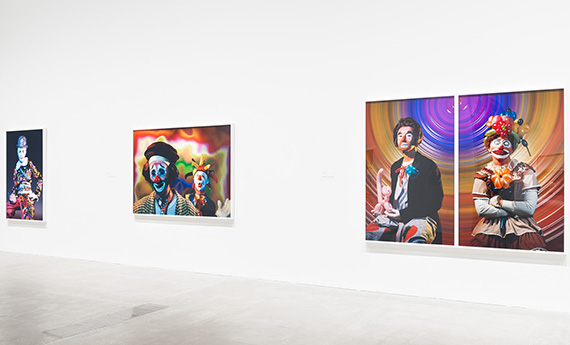
When I take photographs on my own, of myself, I am alone with the camera to explore the dimensions and potential of my representational and performative capacity. In my current series of works (Ladies of Oz, 2015-2016), I am making portraits of women from Australian history. I dress up and play out scenes from their lives amidst hand made scenery and props. The series explores ways in which women have contributed to Australian life, as well as the difficulties of representing women and history. I pose for the camera in ridiculous outfits and fake scenery, and generally embarrass myself for the sake of the narrative.
Unlike Sherman ‘grotesque’ is not a word I have often encountered when people describe my work. I have traditionally used a pastel palette and doused my subjects in humour as a way of easing the viewer into sticky territory they may not otherwise be comfortable enough to address (The Wonderful Land of Oz, 2012-2016). When I make interactive gallery installations, I attempt to engage all ages and genders in playful theatrical sets that question gendered narrative assumptions, for example, that a pastel landscape could appeal to any gender entertain a male or that a female could be a ship’s captain (Swan Song #7, 2015). Play and humour have always been elements I have admired about Sherman’s work. Even images that deal with sexual violence against women contain absurdity or black humour that make consideration of the subject somehow more bearable.
In this way artifice and illusion have been important tools for drawing out narrative for the viewer. I could ask for no better role model than Sherman, whose images often dance between believability and blatant deception. Sherman rifts off film, I analyse theatre in its various forms. Both mediums work with the basic premise that the viewer needs to accept the lie and get lost in the narrative. But like Sherman, I don’t want people to submit easily without asking whether the stories, the old black and white ones, the ones that repeat in various guises, wearing different attire, are the stories we agree with and want to perpetuate.
It is important to have people to look up to. Sherman’s work is being shown at GOMA, making it is an excellent time to visit the gallery and re/discover an inspirational icon.
Camille Serisier is a visual artist based in Brisbane, Australia. See her solo show Ladies of Oz at Spiro Grace Art Rooms during September 2016. Camille is represented by Spiro Grace Art Rooms.
Want to know what else is on at QAGOMA?
or
Sign up to QAGOMA Enews
